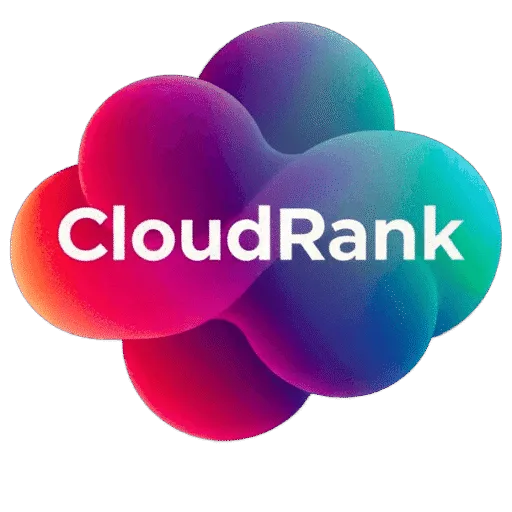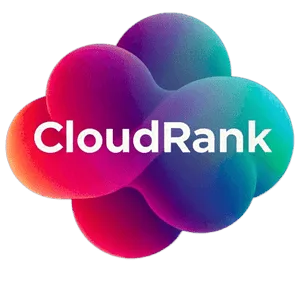Platform as a Service (PaaS) provides a cloud-based environment with everything required to support the complete lifecycle of building and delivering web applications—entirely from the internet. This includes hardware, software, and infrastructure resources, all hosted by the provider.
The Architecture of PaaS
PaaS architecture is a layered structure that integrates various components essential for application development. It includes the underlying infrastructure, middleware, and runtime environment. This architecture supports developers by automating the deployment, scaling, and management of applications. By abstracting complex infrastructure tasks, PaaS allows developers to concentrate on writing code and developing innovative solutions.
Development Tools and Frameworks
PaaS environments come equipped with a variety of development tools and frameworks.
These include integrated development environments (IDEs), version control systems, and testing frameworks. Such tools enhance productivity by streamlining the development process and enabling collaboration amongst team members. Access to a wide range of programming languages and frameworks allows developers to choose the best tools for their specific project requirements.
Scalability and Resource Management
Scalability is a fundamental feature of PaaS solutions, offering businesses the capability to scale resources up or down in accordance with demand. PaaS providers manage the underlying infrastructure, ensuring that applications can handle peak loads without performance degradation. This elasticity is vital for businesses experiencing fluctuating traffic patterns, allowing them to maintain optimal performance levels.
Cost Efficiency and Business Agility
PaaS significantly reduces operational costs by eliminating the need for businesses to invest in physical hardware or manage software installations. This cost efficiency extends to maintenance and upgrades, as the provider handles these aspects. Additionally, PaaS enhances business agility by enabling rapid development and deployment of applications, permitting companies to respond promptly to market changes and customer needs.
Integration with Databases and Other Services
Whilst primarily focused on application development, PaaS platforms often provide seamless integration with an array of database services. This flexibility permits businesses to choose the best database solutions for their applications without being locked into a specific provider. Moreover, PaaS can integrate with other cloud services, such as machine learning and analytics, enhancing the overall functionality of applications.
Popular PaaS Providers and Their Unique Offerings
Some of the leading PaaS providers include Google App Engine, Microsoft Azure, and AWS Elastic Beanstalk. Each platform offers unique features tailored to different business needs. Google App Engine is known for its automatic scaling and integrated developer tools, whilst Microsoft Azure provides a wide array of services, including AI and IoT integration. AWS Elastic Beanstalk stands out with its ease of deployment and robust infrastructure support, making them versatile options for diverse application requirements.
Exploring Cloud DBaaS
Database as a Service (DBaaS) is a cloud-based service model that provides access to a database without the need for setting up physical hardware, installing software, or managing configurations. DBaaS providers handle all backend concerns, enabling businesses to focus on using the database.
Automated Management and Operational Efficiency
DBaaS solutions simplify database management through automation of routine tasks such as backups, scaling, patching, and recovery. This automation ensures data integrity and availability, liberating businesses from the complexities of manual database administration. The operational efficiency gained allows organisations to allocate resources to strategic initiatives rather than maintenance activities.
High Availability and Disaster Recovery
DBaaS platforms are designed with high availability in mind, incorporating redundancy and failover capabilities. These features ensure that databases remain operational and accessible even in the event of hardware failures or other disruptions. Additionally, DBaaS providers often include robust disaster recovery options, offering peace of mind and minimising potential downtime.
Advanced Security Features
Security is a paramount concern for businesses entrusting their data to cloud services. DBaaS platforms offer comprehensive security measures, including encryption, access controls, and regular security audits. By implementing these advanced security protocols, DBaaS providers guard sensitive data from unauthorised access and potential breaches.
User-Friendly Interfaces and Self-Service Capabilities
DBaaS platforms are designed with user-friendliness in mind, providing intuitive interfaces and dashboards. These tools simplify database management, enabling users to perform tasks such as monitoring performance and managing configurations without requiring deep technical expertise. Self-service capabilities empower users to swiftly provision resources, accelerating time-to-value.
Notable DBaaS Providers and Their Strengths
Prominent DBaaS providers such as Amazon RDS, Google Cloud SQL, and Azure Database offer robust services with varying levels of customisation and control. Amazon RDS is renowned for its extensive database engine support and easy scaling options. Google Cloud SQL provides seamless integration with other Google Cloud services, enhancing data analytics capabilities. Azure Database offers strong performance and security features, catering to a wide range of business needs.
Comparative Analysis: PaaS vs DBaaS
Database Management and Control
PaaS offers extensive control over application development but requires additional effort to integrate and manage databases. Developers can customise their database environments to suit specific application needs, but this often involves greater complexity.
In contrast, DBaaS provides comprehensive database management, allowing businesses to utilise sophisticated features without the need for deep technical expertise. This convenience is particularly beneficial for organisations without dedicated database administration resources.
Scalability and Flexibility
Both PaaS and DBaaS offer scalability; however, DBaaS excels in database-specific scaling, automatically adjusting resources to meet fluctuating demands. This auto-scaling capability is essential for applications with variable workloads, ensuring consistent performance. PaaS, whilst scalable, may require additional configuration to optimise database performance, making it more suited for applications where development control is prioritised.
Cost Considerations and Resource Allocation
Cost efficiency is a hallmark of both PaaS and DBaaS.
PaaS reduces costs associated with infrastructure and development, making it appealing for start-ups and businesses focused on innovation. On the other hand, DBaaS cuts out expenses related to database administration and maintenance, offering predictable pricing models. The choice between the two often depends on specific business priorities and resource allocation, with some organisations opting for a hybrid approach to balance costs and capabilities.
Future Trends in Managed Database Solutions
As we look towards 2025, several trends are set to shape the future of managed database solutions:
Increased Adoption of AI and Machine Learning
Integration of AI-driven analytics within DBaaS platforms will boost predictive insights and decision-making capabilities. AI algorithms can analyse data patterns, providing businesses with actionable insights to optimise operations.
Machine learning models can also automate routine tasks, further reducing the burden on IT staff and permitting focus on strategic initiatives.
Enhanced Security Protocols and Compliance
With escalating cyber threats, advanced security features will become a fundamental aspect of both PaaS and DBaaS offerings. Providers will invest in cutting-edge technologies such as zero-trust architectures and real-time threat detection to safeguard data. Compliance with industry regulations will also be a priority, ensuring that businesses meet legal requirements whilst protecting customer information.
Edge Computing Integration and Decentralised Data Processing
As edge computing gains traction, managed database solutions will increasingly support decentralised data processing. This approach reduces latency by processing data closer to the source, enhancing performance for real-time applications.
The integration of edge computing with cloud services will enable businesses to harness the benefits of both centralised and distributed architectures.
Making the Right Choice
Selecting between Cloud PaaS and Cloud DBaaS hinges on an organisation’s specific needs, resources, and long-term goals. For businesses prioritising application development and requiring extensive control over the development process, PaaS may be the ideal choice. It allows for greater customisation and integration with development tools, supporting innovation. Conversely, organisations seeking streamlined database management with minimal administrative burden may find DBaaS more advantageous. DBaaS offers convenience and robust security, making it suitable for businesses with limited IT resources.
In conclusion, both PaaS and DBaaS offer unique benefits and capabilities.
By understanding their distinctions and aligning them with business objectives, organisations can make informed decisions. Ultimately, this strategic alignment will enhance their cloud strategy, ensuring superior database scalability and performance in 2025 and beyond. Whether choosing PaaS, DBaaS, or a combination of both, businesses can leverage these solutions to drive innovation and achieve competitive advantage in the digital landscape.






